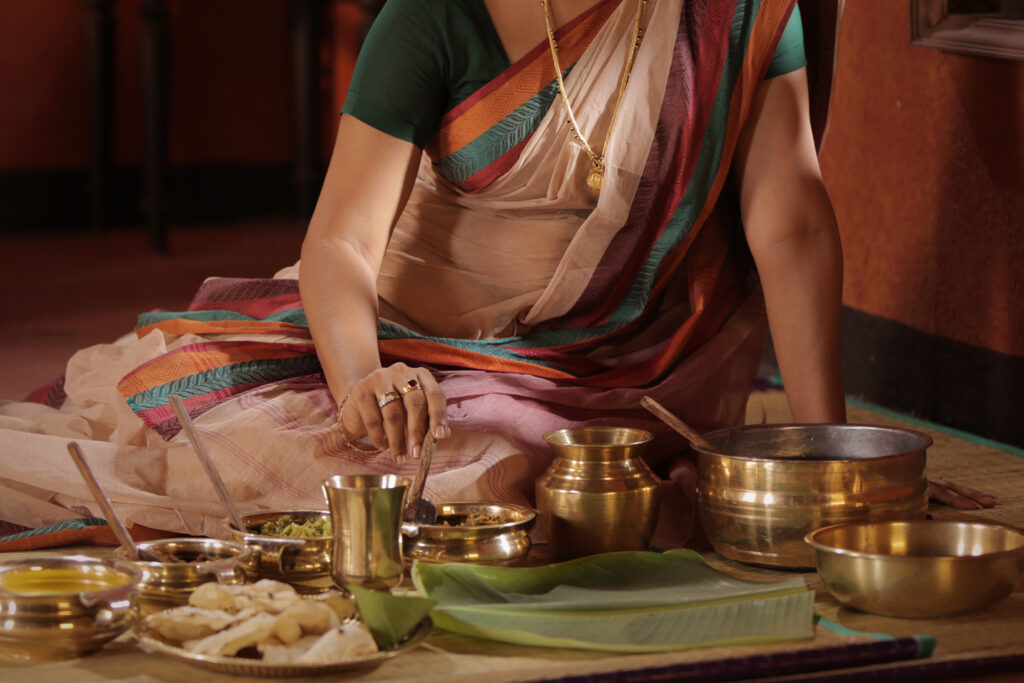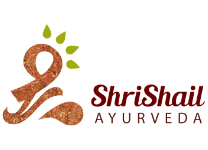
It is a well-known fact that Indian Ayurveda has had a global impact. Amongst other things, Ayurveda has implanted the idea of general well-being into a certain form of spirituality. To live life optimally is what Ayurveda is all about. Without a doubt, Ayurveda follows alternate medicines as well as therapies that can be a way of life as they were centuries ago.
Evidently, Panchakarma is the most renowned faction of Ayurveda. Pancha stands for “five” and karma stands for “actions”; panchakarma means five actionable. Distinctively, these are the five actions our body can perform. Namely:
- Vamana – Therapeutic emesis.
- Virechana – Purgation therapy.
- Nasya – Errhine therapy.
- Basti – Therapeutic enema.
- Raktamokshana – Bloodletting.
We will understand this better further but let us first understand the fundamentals.
Panchakarma has three stages that it is performed, and it helps in correcting Vata, Kapha and Pitta, which can be imbalanced. The five cleansing processes restore their inherent equilibrium.
The three stages are –
- Poorvakarma – The preliminary stage which comprises different procedures that prepare the accumulation of toxins to exit the organs from the closest discharge location.
- Pradhanakarma – This is the fundamental therapeutic treatment when there is the elimination of toxins from the body.
- Paschatkarma – This is the care provided post-treatment that introduces a focused diet that slowly regulates the patient’s diet and lifestyle of choice.
Why is Panchakarma necessary periodically?

It is a well-known fact that the sedentary lifestyles of today are very harmful to health. Adding to that, there are natural pollutants that are taking their toll besides the stress they cause. All this creates an imbalance in our body giving rise to toxins that are very harmful to health and lead to long-term diseases.
All these degenerative practices can be turned around by Panchakarma. The toxins are a lethal load left in our tissues and circulatory system but Panchakarma works at a rapid pace to turn it around systematically and this is a proven fact hence even terminally-ill patients swear by it. While it cannot cure deadly diseases, it definitely improves the quality of life.
Accumulated toxins are freed from the body through various processes such as saunas, massages, sattvic food with nutritional directives, colon treatments and intermittent fasting.
Each panchakarma module is designed to suit the needs and requirements of the patient by an ayurvedic physician. Once the panchakarma medication that is done by the expert is over, then an especially formulated diet that is pure sattvic mixed with medicinal herbs, oils and concoctions is given to the patient to continue taking at home. These get the liver in motion and abdominal organs as well, which in turn is beneficial for the detoxification process to continue at home too.
Coming to the five steps in Panchakarma
- Vamana – The patient is treated with oleation and fomentation inside-out. This induces vomiting with emetic medicines and ayurvedic decoctions, getting rid of poisonous toxins accumulated in the upper tract of the body. This process is painless and is especially for Kapha disorders.
- Virechana – In this procedure, the patient is again given the inside-out oleation and fomentation treatments except there is a natural purgative involved so that there is bowel movement and the toxins are released by gut clearance. This is the fundamental process for any Pitta disorder patient.
- Basti – This special medicated formulation that is administered through an enema is an exceptional undertaking by Ayurveda in the therapeutic world. This is especially helpful to people who have chronic illnesses or get convulsions. Highly advantageous, this process oils, ghee, milk, ayurvedic decoctions administered through the anal route; thus helping rid toxins. This is very useful for Vata disorder patients.
- Nasya – Designed to clean out the toxins from the head, Nasya aims to diminish head disorders. This process involves gentle head and shoulder massages as well as a fomentation. This eliminates the Kapha and vata-related toxins in the head and facial massages.
- Raktamokshana – There is impure blood that turns toxic and causes skin diseases in our body. This procedure uses leech therapy to remove impure blood and gets rid of the most difficult-to-cure skin ailments.
Diseases that can be cured with these five processes
- Vamana is suggested for weight issues, chronic acidity and asthma.
- Virechana is suggested for jaundice, herpes zoster, celiac infection and colitis.
- Basti is suggested for piles, arthritis and constipation.
- Nasya is suggested for headaches, sinusitis, neurological disorders, sleep disorders and respiratory problems.
- Raktamokshana is suggested for skin diseases, psoriasis, abscesses, pigmentation of skin and dermatitis.
The body and mind purification
Ancient ayurvedic texts reveal that synchronicity of processing all the areas of our life, keeping the good and losing the bad enhances our quality of life and thus, our well-being.
The food we ingest, our mood swings, bottled emotions, unappetising experiences all contribute to imbalances and combined toxins that cause major illnesses.
If our energy or “Agni” is strong, it can retain the nutrients to make our tissues and organs healthy and strong while throwing the waste. And enabling an unobtrusive realisation called “Ojas”. This is a profoundly, deep-seated emotion of our psychophysiology that helps with immunity, physical strength and clarity in perception. If and when our Agni is incapacitated, there is a deficiency in digestion and toxins start getting accumulated, leaving a deposit called “Ama” which is very harmful to the body.
Conclusion
Ayurveda is an age-old Hindu science that is a way of life. It integrates the body’s wisdom and nature’s many cures through panchakarma to detoxify the body and balance the doshas. The human body is naturally degenerative and unhealthy lifestyles and pollutants help speed this process up. Panchakarma restores this and maintains well-being that lasts long potentially.
-Maya Tiwari.


